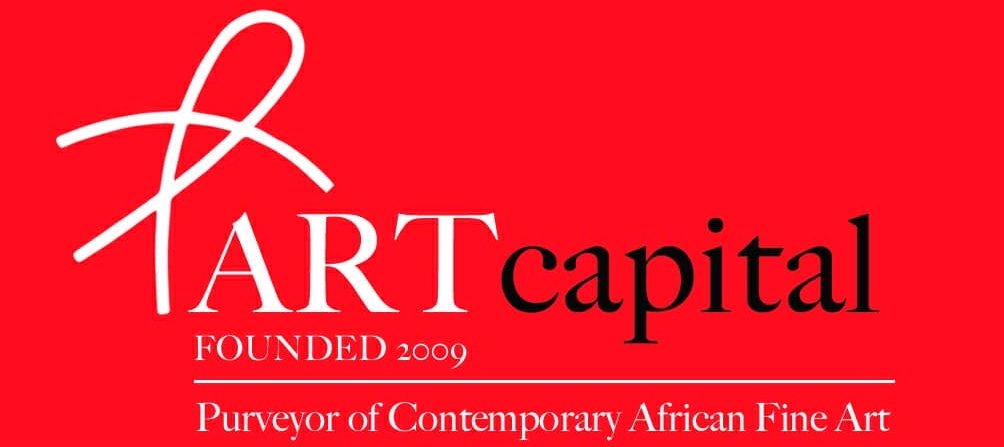By Nii B. Andrews.
The transformative power of body ornament has been acknowledged in almost all societies throughout history.
In Africa masking continues to be an enduring tradition connecting religion and socio-political events.
Today, the mask has become a universal part of dressing up; it is in many places illegal to go out in public without one.
Even the contemporary masks required against the pestilence have taken on an aesthetic element. In Tema, they range from colorful African prints to stark black Ninja like fabrics.
Truth be told some are also downright hideous.
Some sport corporate colors, logos and even flags.
All told, the current adapted medical masks are perhaps a nod to the rich diversity of the traditional African masks that often made each costume unique as it sometimes incorporated metal, plastics, cardboard, burlap, animal and plant materials.
The mask performances have evolved or been adapted in many African societies in order to integrate them into modern social and economic systems; thus has their survival been ensured.
Phyllis Galembo, a New York native and acclaimed photographer, has spent over 30 years travelling the world and capturing the raw aesthetic and symbolic power of the masking tradition and masquerades.
Her photographs provide unprecedented visual documentation of the craftsmanship, customs, and beliefs of these communities.
For many years she photographed masked performers in west and central Africa and also in the Caribbean.
Her large size photos with their stunning colors have earned international acclaim from critics, collectors and gallerists.
The landmark exhibition, PHYLLIS GALEMBO: MASKE opened on January 28 at the Boca Raton Museum of Art and is now available for viewing online.
Irvin Lippman, the Executive Director of the Boca Raton Museum commented, “What could Phyllis Galembo’s exhibition images have in common with the face masks people are making for the pandemic? Perhaps their vitality, power, and boldness of humanity”.
He added “Galembo’s portraits underscore cross-cultural complexities of meaning and purpose–as millions are creating their own masks, many with a sense of intention to express special meanings through their designs”.
The masking seen through her photographs is a complex, mysterious, and profound tradition.
Galembo never photographs the ritual performance of masks; her photos are restricted to portraits of the masked individuals whom she has never seen without their masks. Captured with her lens and their consent, “the participants transcend the physical world and enter the spiritual realm”, wrote Ögür Töre.


Very interesting, the mask has really taken on a whole new meaning now in its long history of cultural significance
Nice!!
Spot-on, did I also see a shot of COVID19 in a mask??😂..wonderful delivery
Very informative; thanks.
Quite a fascinating piece on masks, masquerades, their religious, socio-economic import and their relevance for the pandemic. I can see some men/women of God cashing in on the situation and producing anointed masks capable of offering protection against the virus.